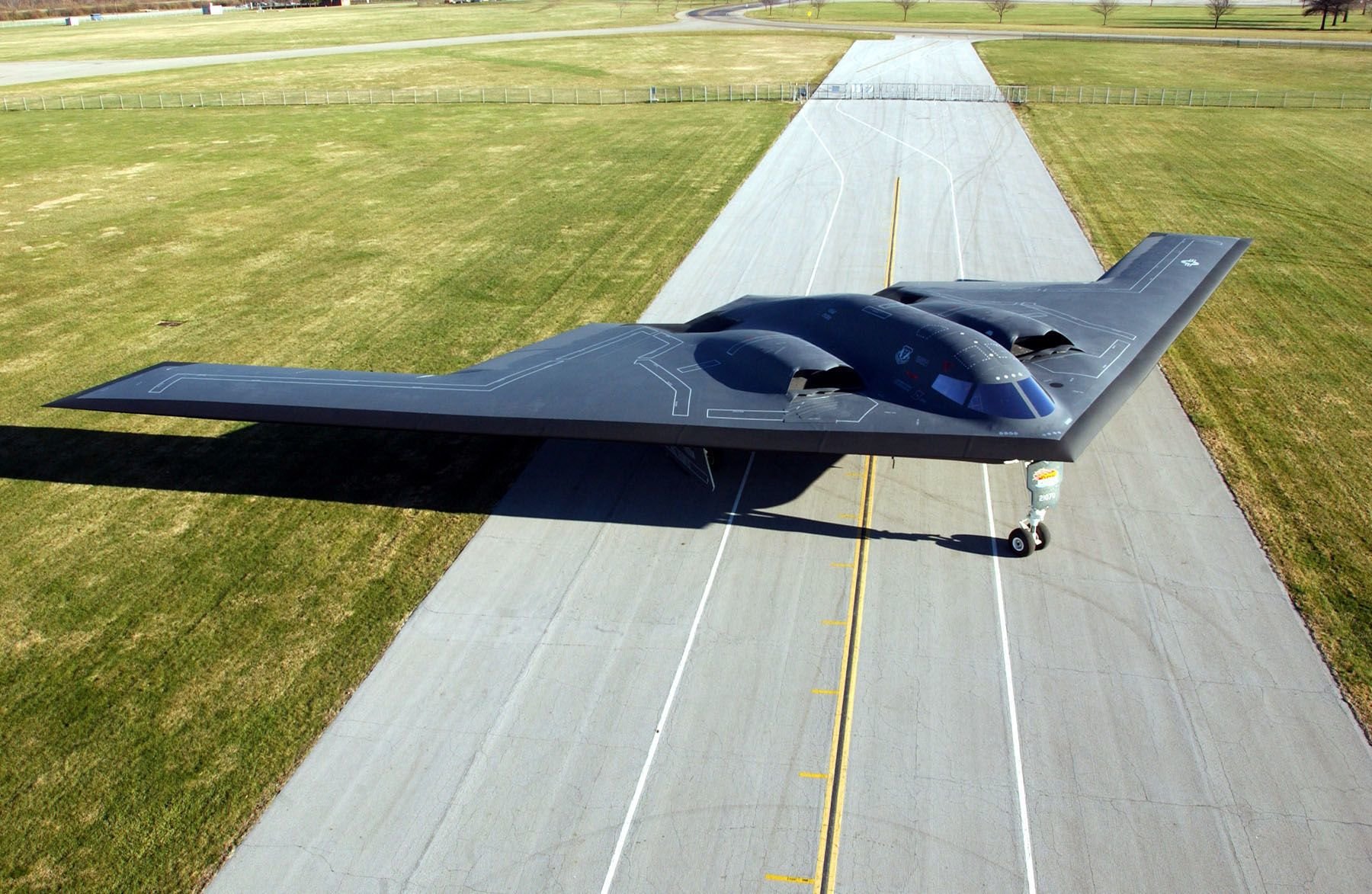The True Story of the Soviet Physicist Behind America’s Stealth Technology

The Northrop B-2 Spirit. U.S. Air Force photo
By Logan Nye
The Air Force’s and other military branches’ stealthiest planes have radar cross sections the size of marbles or golf balls. They’re nearly invisible to the militaries that they’re attacking until it’s too late, including those who use Russian-made air defenses. But, ironically, it was a Soviet scientist who made it all possible.
Pyotr Ufimtsev was a scientist associated with a number of prestigious universities and labs in Moscow. Listen to a few of the institutions he was at, and it becomes pretty clear what his primary interests were. He worked at the Central Research Radio Engineering Institute, the Institute of Fundamental Technical Problems, the Moscow Aviation Institute, the Institute of Radio Engineering and Electronics of Academy of Sciences, and more.
Notice the combination there? Aviation, radio engineering, and technical problems? That’s because he was very interested in how radio waves reflected off of objects; how radar actually worked at the most detailed and precise levels. He didn’t know it, but his work would put him at the forefront of a new American industry: stealth engineering.
Ufimtsev wrote a number of important papers as he studied exactly how radio waves bounced off of two-dimensional and three-dimensional objects. One of the most interesting things he found was that it wasn’t just the size of an object that determined how it appeared on radar; shape was actually more important.
And certain shapes were unlikely to reflect much energy back to the radar, meaning you could make a large object appear very small if you just gave it the right shape.
Much of Ufimtsev’s work was quietly translated into English where a number of American scientists read it. A 1962 paper translated as Method of Edge Waves in the Physical Theory of Diffraction was of particular interest. Many U.S. scientists simply saw the paper and incorporated it into their own research, or they rebuffed it and went about their day. But there was one team of engineers who saw the paper and saw it as potentially groundbreaking.

Lockheed engineers working in the “Skunk Works” division, the same engineers who made America’s first jet fighter during World War II, saw the chance to create something entirely new and novel. What if they could create an entire plane with the shapes and materials that sent little energy back to a radar?
Such a plane could be large, like the size of a bomber or fighter, but would show up on radar as a little bit of electromagnetic noise. It would be invisible as long as no one knew to look for it, and it would still be challenging to detect even after its existence was disclosed.
Best of all, the growing number of homing missiles that American pilots would face would become essentially useless. Homing missiles needed a strong radar signal to get within range of an enemy target before switching to a seeker built into the missile. This process would almost certainly not work against a stealth aircraft, making the pilots much safer.
There were plenty of possible uses for such a plane, but Lockheed started by building a ground-attack plane, though they further camouflaged the program by labeling it a fighter, the F-117 Nighthawk dubbed the “Stealth Fighter.” The same lessons were later used in the B-2 bomber and are now present—in new forms—the F-22 and F-35. And some of Ufimtsev’s work will undoubtedly be recognizable in the B-21 Raider.
Other branches have gotten in on the stealth made possible by Ufimtsev, like the Navy with its Sea Shadow project that created stealthy boats.
Ufimtsev has gotten recognition from the Soviet Union, the Russian Federation, and even the U.S. for his work. He has been named to prestigious positions at universities like UCLA in California.

We Are The Mighty is a veteran-led digital publisher and Emmy-award-winning media agency servicing brands with video production, marketing, advertising, and consulting services to engage with the military community. In addition to our digital publisher, we also run the Military Influencer Conference, the largest in-person event servicing our military community. WATM is owned by Recurrent Ventures and is a GSA approved vendor.
BRCC and Bad Moon Print Press team up for an exclusive, limited-edition T-shirt design!
BRCC partners with Team Room Design for an exclusive T-shirt release!
Thirty Seconds Out has partnered with BRCC for an exclusive shirt design invoking the God of Winter.
Lucas O'Hara of Grizzly Forge has teamed up with BRCC for a badass, exclusive Shirt Club T-shirt design featuring his most popular knife and tiomahawk.
Coffee or Die sits down with one of the graphic designers behind Black Rifle Coffee's signature look and vibe.
Biden will award the Medal of Honor to a Vietnam War Army helicopter pilot who risked his life to save a reconnaissance team from almost certain death.
Ever wonder how much Jack Mandaville would f*ck sh*t up if he went back in time? The American Revolution didn't even see him coming.
A nearly 200-year-old West Point time capsule that at first appeared to yield little more than dust contains hidden treasure, the US Military Academy said.












